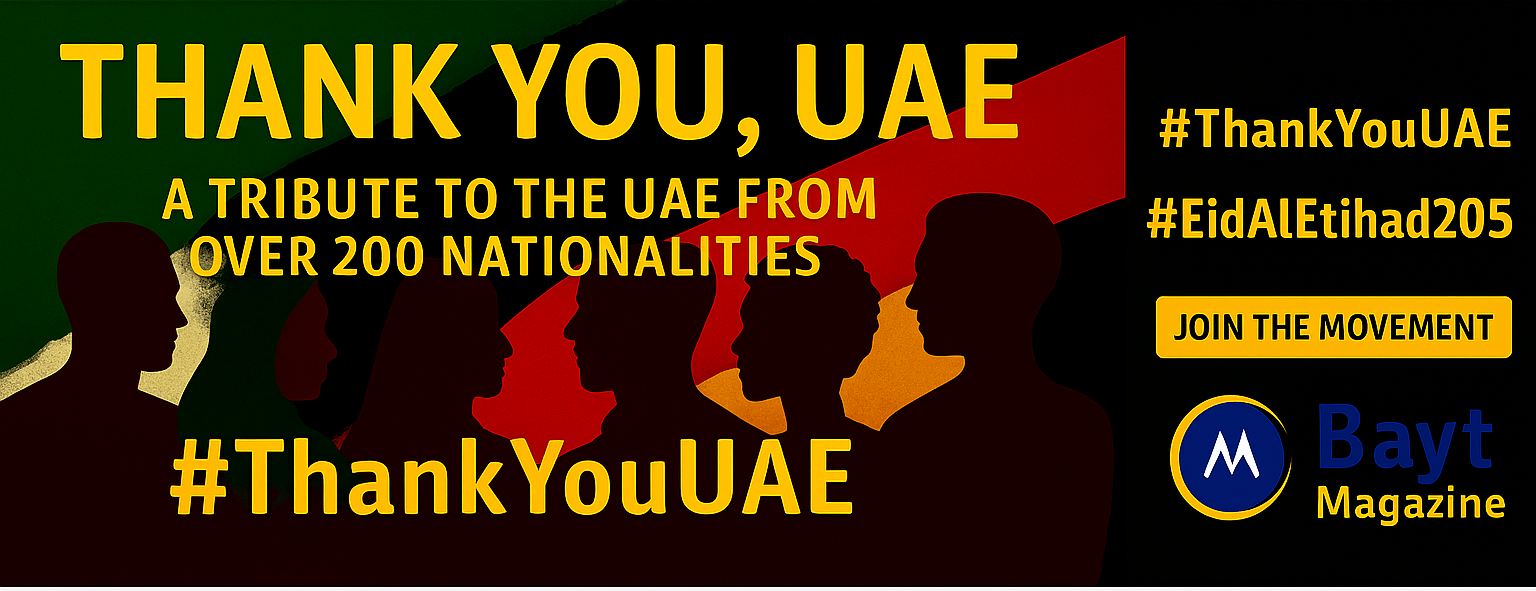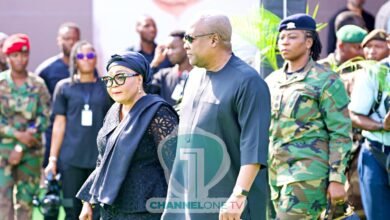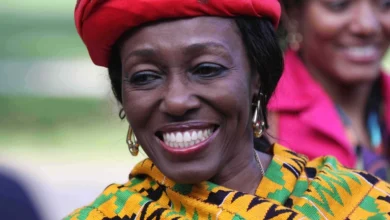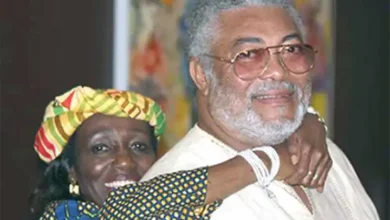
Muslim Women’s Powerful Role in Anti-War Movements
Two million people marched through London’s streets in 2003 to protest the Iraq war. This massive demonstration became a defining moment for Muslim women activists. The media’s ‘War on Terror’ narrative painted Muslim women as oppressed victims. These activists proved otherwise and became powerful voices against both Islamophobia and fundamentalism.
Muslim women activists have shattered the oversimplified “oppressed Muslim woman” stereotype through their compelling stories of strength and action. They built most important movements that unite different ideological groups, even while facing discrimination and false representation. Their activism’s scope has grown beyond opposing military actions. Today, they tackle broader social justice causes that show how identity, activism, and unity work together in our post-9/11 world.
The Birth of a Movement: Muslim Women’s Response to 9/11
“A lot of Muslim Americans are much more open about countering Islamophobia, which is our legacy. Our generation, that of young Muslim Americans raised in the shadow of 9/11, was born to take on these issues.” — Mussab Ali, Board member of the Harvard Muslim Law Students Association
The September 11th attacks changed everything for Muslim women in America. Their religious identity became a political issue overnight. They found themselves caught between anti-Muslim feelings, gender bias, and racial prejudice. This sudden spotlight created difficulties but also sparked a new movement of Muslim women who wanted to tell their own story.
Early challenges and stereotypes
Muslim women experienced a fundamental change in society’s perception after 9/11. “Before 9/11, my identity as a Muslim woman in Queens was very religious,” recalls activist Rana Abdelhamid. “After 9/11, my identity became very politicized”. Discrimination and harassment increased sharply, especially toward women who wore religious symbols like the hijab.
Women wearing headscarves became targets. They found themselves “trapped at the intersection of bias against Islam, the racialized Muslim, inherently violent, and forever foreign ‘terrorist other’ and women”. Society painted them in two conflicting ways – as oppressed victims needing Western rescue and as possible threats to American safety.
The media made these harmful stereotypes worse. Muslim women were “reduced to distorted caricatures of voiceless hijabis/niqabis and depicted in media as a resource in the politics of fear to encourage distrust and cynicism”. These portrayals justified discrimination at home and military action abroad.
Founding organizations and key figures
Several influential organizations emerged from this challenging time to equip Muslim women. Rana Abdelhamid started the International Muslim Women’s Initiative for Self-Empowerment ((IM)WISE) with 12 female peers in 2010. She acted after a man tried to remove her hijab when she was 16. “I wanted to create a safe space where young adolescent girls could learn to feel empowered by learning simple self-defense skills and by engaging in dialog,” Abdelhamid explained.
Linda Sarsour began working with the Arab American Association of New York right after 9/11. She saw how post-9/11 policies disrupted Muslim communities firsthand – “discrimination cases in the public school system and workplaces, violent fights at local schools between Muslim students and other ethnic and religious groups, FBI raids in Bay Ridge, Brooklyn… fathers detained and separated from their families”.
Many civil society organizations formed groups to tackle rising hate crimes against Muslims. These groups worked to increase Muslim voices and build bridges between communities. The Pillars Fund became “a pioneering, grant-giving organization” focused on “amplifying the leadership and talents of American Muslims”.
Original goals and strategies
The new movements focused on three main strategies:
They wanted to fight harmful stereotypes by sharing different stories. Many activists knew that “their presence as white converts breaks stereotypes”, showing Muslim communities’ diversity. Women leaders openly displayed their Muslim identities instead of hiding them, knowing that “representation matters”.
These organizations created safe spaces for Muslim women to tackle their specific challenges. (IM)WISE taught “self-defense and entrepreneurial and leadership skills to young Muslim women”, helping them handle hostile situations.
The movements built connections with different communities. One activist noted, “What we realized and had to grapple with from a very young age was fighting for a more democratic city, fighting for equity without even knowing these terms”. This showed how Muslim women’s problems linked to broader social justice issues.
Muslim women activists consistently fought against being seen as helpless victims during this time. They “treat[ed] Islamic activism as a social movement by linking the interpretation of religious ideas and ideals to the protection of Muslim women’s rights, freedom, and space”. They established themselves as change-makers rather than objects of pity or fear.
Navigating the ‘War on Terror’ Era (2001-2010)
The “saving Muslim women” rhetoric became the life-blood of Western military intervention justification throughout the 2000s. Muslim women activists faced two challenges at the time. They had to oppose fundamentalist interpretations in their communities while fighting Western imperialism that weaponized their identities.
Countering the ‘saving Muslim women’ narrative
Colonial and orientalist thinking formed the foundation of War on Terror ideology. This thinking portrayed Muslim women as victims who needed Western liberation. One scholar noted, “Part of the logic of the United States’s civilizing mission is that Muslim women need to be saved from patriarchal and barbaric Muslim men and the regimes that oppress and exploit them”. This paternalistic view justified violence abroad and labeled Muslim women who kept their religious identities as “untrustworthy and dangerous”.
Muslim women activists stood firm against this oversimplified representation. Military agendas exploited genuine women’s rights concerns. “When you save someone, you imply that you are saving her from something. You are also saving her to something. What violences are entailed in this transformation, and what presumptions are being made about the superiority of that to which you are saving her?”.
These activists drew parallels between Western feminist approaches and nineteenth-century Christian missionary women’s efforts to “save” their Muslim “sisters.” This comparison showed how both denied Muslim women’s agency. Economic policies, political marginalization, and military interventions posed real threats to Muslim women, not just religious practices.
Building coalitions with anti-war movements
Muslim women’s anti-war movement participation started on September 21, 2001, with London’s Stop the War Coalition (StWC). This coalition united “members of the Socialist Workers Party (SWP), trade unions, the Labor left, and other left groups”.
The Muslim Association of Britain (MAB) joined forces with StWC and the Campaign for Nuclear Disarmament (CND). Together they organized protests against U.S.-UK military interventions. The Iraq War protests marked a turning point for Muslim political activism. Two million people marched in London on February 15, 2003. Muslim women played a vital role by mobilizing their communities.
Muslims who opposed the war found themselves on the same side as most public opinion, unlike during the Rushdie Affair. This new position created opportunities for political engagement that raised “political awareness amongst Muslim groups; encouraged a participatory approach to politics; and opened up spaces for Muslim activism”.
Solidarity across difference in opposing military interventions
The anti-war movement brought unprecedented unity across religious, ideological, and cultural lines. This unity required careful navigation of complex identity politics. Muslim women’s activism became “a condensing symbol for the whole, offering an emotional basis for solidarity”.
People often described Muslim women activists as “better and harder working than male activists; the ‘backbone of the movement'”. This image went beyond strategic counter-narratives and challenged the common “oppressed Muslim woman” stereotype. Their role as change-makers rather than victims became central to the movement’s identity.
The solidarity had its challenges. Some movement members questioned the focus on religious Muslim identities and “left little space for an alternative secular Muslim identity”. Women’s rights sometimes took a back seat to fighting Islamophobia and racism. Some activists admitted that “fighting Islamophobia and racism had to take priority”.
These coalitions opened new doors for Muslim women’s political engagement. They challenged Western stereotypes and restrictive community interpretations while creating spaces where multiple identities could work together for justice.
Shifting Landscapes: The Arab Spring and Its Aftermath
The Arab Spring uprisings of 2011 created a groundbreaking platform for Muslim women’s activism across the Middle East and North Africa. Women from Tunisia to Egypt, Libya to Yemen broke free from traditional roles. They emerged as revolutionary figures who challenged both patriarchal norms and authoritarian regimes.
New visibility for Muslim women activists
Women became central participants rather than passive observers during the protests. Their images shouting revolutionary slogans and holding banners became powerful symbols of resistance. Tunisian women participated heavily in strikes and demonstrations. They stood as equals next to men. Egyptian women proved instrumental in organizing Tahrir Square protests. They arranged food deliveries, blankets, medical help, and staging.
Digital spaces expanded this visibility beyond physical presence. Women used social media to contribute as organizers, journalists, and political activists. Their voices reached far beyond traditional boundaries. Leaders like Tawakkol Karman from Yemen earned international recognition and shared the 2011 Nobel Peace Prize.
Tensions between secular and religious approaches
The ideological battle between secular and Islamic feminists altered the map after the revolution. Islamic feminism pursued gender parity within Islam’s context, while secular feminists supported universal rights frameworks. Many activists saw these approaches as complementary despite their apparent differences.
Tunisia’s Ennahda Islamist party pledged to protect women’s rights. Yet some party representatives made statements that questioned these same rights. Islamist parties that gained power after the uprisings showed mixed positions on women’s status. This created uncertainty about gender equality’s future.
Global connections and local contexts
Each country experienced different outcomes from the Arab Spring. Tunisia showed promise by passing laws that required equal numbers of men and women on party candidate lists. This led to 68 women (31%) winning election in 2014. Egypt’s results disappointed many as women won just 2% of parliamentary seats in 2012 elections.
Women faced increased violence in several countries despite their active protest participation. Egyptian female protesters endured sexual assaults, “virginity tests,” and public shaming by military authorities. Libya’s new laws weakened divorce protections and made child marriages easier.
The Arab Spring promised democratic change, but politicians often sacrificed women’s rights to please conservative factions. Notwithstanding that, this period inspired a new generation of Muslim women activists. They continue their fight for political freedom and gender equality, refusing to let either cause overshadow the other.
Digital Revolution: Amplifying Muslim Women’s Voices
Social media platforms became crucial battlegrounds for Muslim women activists at the time smartphones created unprecedented opportunities in the early 2010s. These activists were previously pushed to the margins of public discourse. Digital spaces provided direct channels for self-representation, unlike traditional media that often viewed Muslim women through orientalist lenses.
Social media as a platform for self-representation
Smartphones brought a fundamental shift in how Muslim women connected online. They provided “autonomy, privacy, and freedom” that wasn’t possible with cybercafés. Content creators on platforms like YouTube directly challenged stereotypes. YouTuber Dina Tokio’s documentary “#YourAverageMuslim” tackled western misconceptions by resisting three dominant narratives: “Muslim-Woman-As-Oppressed,” “Muslim-Woman-As-Subjugated,” and “Muslim-Woman-As-Foreign-Other”. These women showed their “agentic capabilities, taking control of their representations, and speaking for themselves instead of being spoken for by others”.
Online communities and support networks
Digital platforms promoted global movements and communities centered on Muslim women’s experiences. Musawah emerged as “a global movement for equality and justice in the Muslim family”. The Muslim Women’s Organization created “affirming space to connect, reflect and grow with others who identify as Muslim women”.
These online networks enabled powerful collective action. The hashtag #mahsaaamini was tweeted “more than 250 million times in Persian and more than 50 million times in English within one month” after Iranian Mahsa Amini’s death in 2022. Egyptian journalist Mona Eltahawy initiated the #MosqueMeToo movement that allowed women to share experiences of sexual harassment and “show solidarity with other fellow sexually harassed women”.
Countering digital Islamophobia
Muslim women activists utilized digital tools to challenge Islamophobia. Social media “amplified their voices, igniting a nationwide debate over women’s rights” during India’s hijab controversy. Commercial pilot Hana Mohsin Khan observed, “Because of social media, Muslim women found so much support”.
In spite of that, digital spaces presented dual realities. These platforms strengthened and gave visibility to women while exposing them to increased harassment. Research on Muslim content creators on TikTok revealed that “while TikTok provides empowerment and visibility, it also exposes Muslim women to hate speech and harassment”. This made these platforms “sites of empowerment and vulnerability”.
The 2020s: New Frontiers and Achievements
Muslim women activists have achieved remarkable results in political, legal, and social spheres over the last several years. Their persistent efforts have reshaped institutions and created new opportunities for future generations.
Policy impacts and institutional changes
The 2020s have brought major advances in women’s rights through legal reforms throughout the Muslim world. The UAE passed widely celebrated legal reforms at the end of 2020. These reforms abolished the cultural “honor-killing defense” that previously gave lenient punishments to men who murdered female family members. Saudi Arabia’s fundamental women’s rights laws in 2019 gave women the right to drive and new protections against sexual harassment.
Women now hold more leadership positions than ever before. The UAE Securities and Commodities Authority made a landmark announcement in March 2021. Listed companies must have at least one female director on their boards. The region’s influential government roles feature more women. Notable examples include UAE’s Sarah Al-Amiri, Minister of State for Advanced Technology and Chair of the UAE Space Agency, and Sheikha Lubna Al Qasimi, Minister of State for Tolerance since 2015.
Intergenerational knowledge transfer
Senior activists now focus on sharing their experiences with younger generations. The Moro Women Development and Cultural Center has preserved testimonies from women combatants and their daughters. These resources “serve as vital reference for the next generations”. Young activists learn from historical context while developing their own approaches.
One senior activist explained, “Even if we cannot harvest the fruit of this struggle, at least our children and the next generation cannot experience those injustices done to our parents and to us”. This knowledge sharing ensures movement continuity through decades of evolution.
Expanding the definition of Muslim women’s activism
Muslim women’s activism now includes diverse approaches beyond traditional promotion. BBC’s 2020 list of 100 influential women highlighted many Muslim women making extraordinary contributions in various fields:
- Engineering: 16-year-old Somaya Faruqi led Afghanistan’s all-girls robotics team to create low-cost ventilators during the COVID-19 pandemic
- Environmental science: Iman brought solar microgrids with clean energy to Yemen
- Scientific research: Syrian virologist Safaa Kumari found virus-resistant plant varieties to address food insecurity
Islamic feminists now reinterpret religious texts to support gender equality. A scholar noted, “Because Islam is used against women, it is essential to involve with the religion to clarify misunderstandings”. Muslims can now use “the tools to promote gender equality in Islam and through Islam”.
Muslim women activists have reshaped the scene of social justice movements since 9/11. They shattered stereotypes through their relentless work and challenged both Western imperialism and religious fundamentalism. These women built powerful coalitions that bridged ideological gaps.
These changemakers show incredible resilience in their work. They combine grassroots organizing, digital activism, policy reform, and religious reinterpretation to create change. Their impact reaches far – from legal reforms in the Middle East to increased political representation worldwide. They also lead groundbreaking projects in science, technology, and environmental conservation.
The movement thrives because it knows how to adapt and grow. Social media gives voice to those who were once silenced, while experienced activists pass their knowledge to the next generation. Despite ongoing challenges, Muslim women prove themselves as decisive agents of change instead of passive characters in someone else’s story.
Their journey shows that real social transformation needs more than fighting external oppression – it requires reimagining cultural narratives from within. Muslim women activists demonstrate that genuine, intersectional movements create lasting impact while preserving cultural and religious identities.






